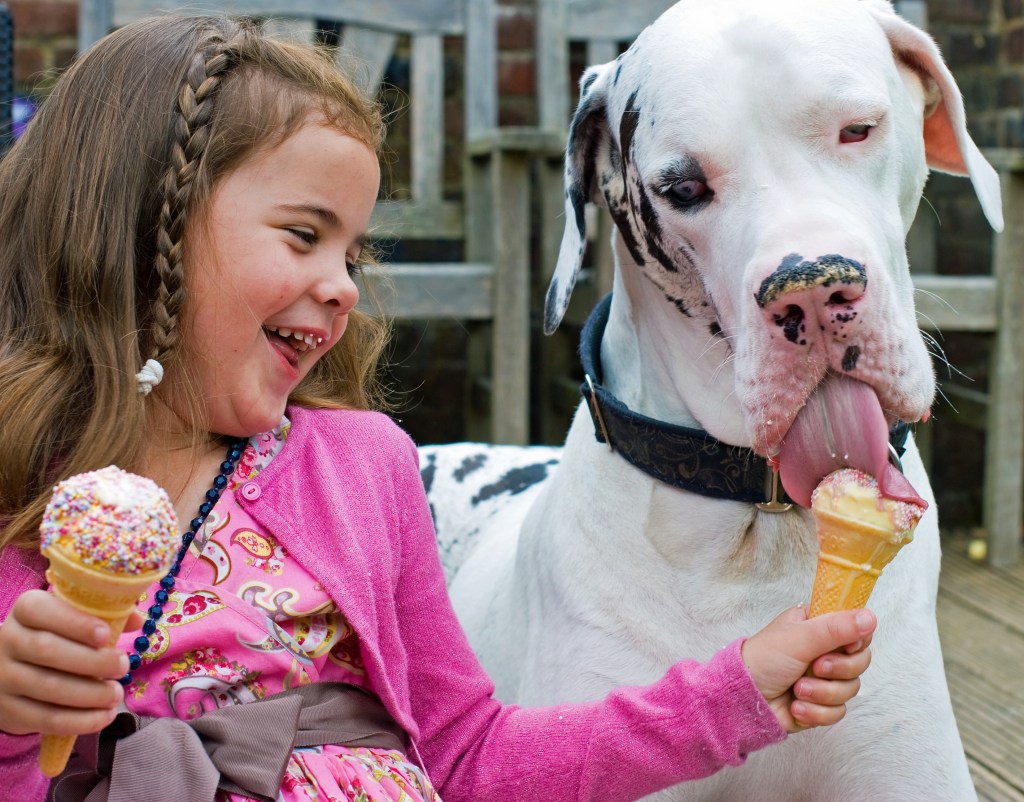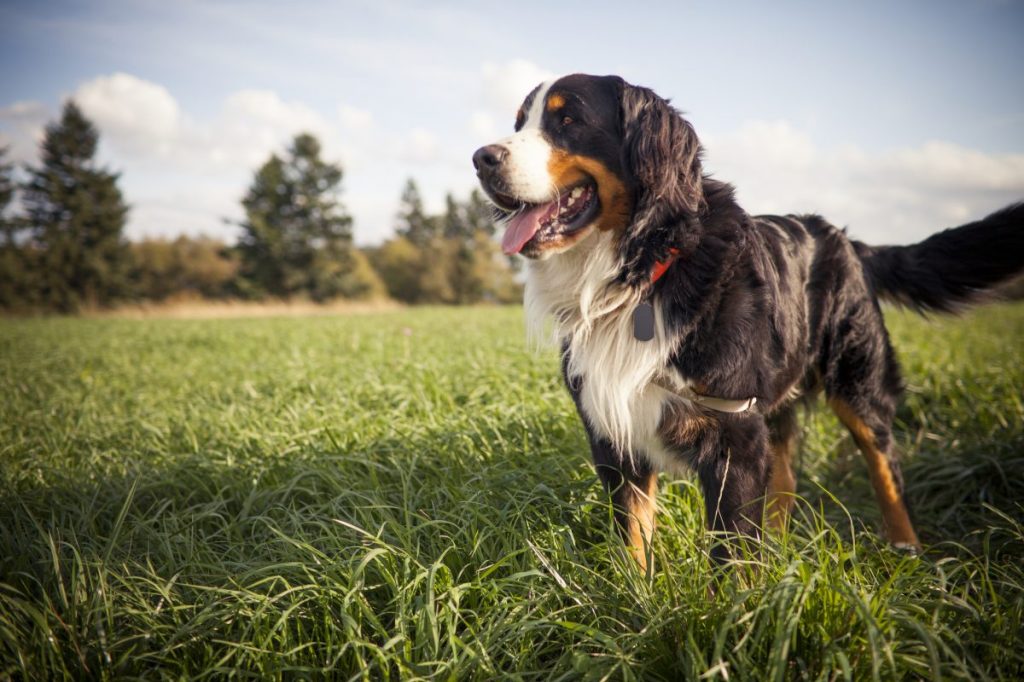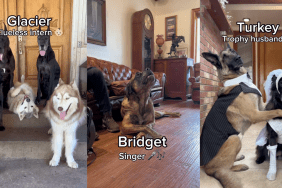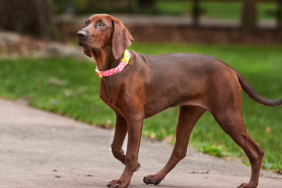The Working Dog Group is one of seven breed categorizations recognized by the American Kennel Club (AKC). These dog breeds vary in their original purpose, as well as their look and size. However, the words “robust” and “headstrong” describe every dog featured in the group.
It may be the most diverse group of dogs in terms of where each of its breeds came from. This group consists of a total of 50 dog breeds with origins from the United States to Japan.
Among this group are also some of the most popular breeds of dogs. These include the Boxer, Doberman Pinscher, Rottweiler, and Bernese Mountain Dog. Looking for even more of these fantastic breeds? You can check out DogTime’s full list of Working Dogs.
What Is A Working Dog?
The breeds included in the Working Dog Group were originally bred by humans to perform various services and tasks. The working relationship between humans and dogs predates any specific breed, making it challenging to pinpoint the exact origins of this category. But generally speaking, these dogs excel at tasks like guarding livestock and homesteads, pulling sleds or carts, or performing heroic rescues.
Today, Working Dogs are trained and employed for a wide range of tasks. These include search and rescue operations, assisting individuals with disabilities, law enforcement duties, and protecting livestock, among others. These dogs typically possess a large stature and muscular build, making them well-suited for physically demanding labor.
Until 1983, the AKC classified Working Dogs and Herding Dogs under the same category. However, as the number of breeds in this group grew substantially, the organization recognized the need to separate these two groups to better accommodate the diverse range of breeds and their specialized roles.
Is A Working Dog Right For You?

Dogs categorized under the “Working Group” designation often pose challenges for inexperienced dog owners. Due to their size and intelligence, their strength can be difficult to manage for those unfamiliar with proper training techniques. These breeds are known for their intelligence and independence, as they were traditionally trained to work autonomously. Consequently, they may exhibit a more stubborn nature.
Owners’ uncertainty in handling the unique traits of Working Group dogs frequently leads to instances of abuse, neglect, or surrendering these dogs to shelters. As a result of improper training, they may develop undesirable habits. This situation is commonly observed with breeds like the Siberian Husky, Alaskan Malamute, and Great Pyrenees.
However, if you and your family are prepared for the commitment and possess the necessary patience, many of these dogs can make wonderful companions. Some may even thrive in smaller living spaces, such as the case with the Great Dane.
At DogTime, we believe every dog has the potential to be a good dog. If you are seriously considering adding one of these hardworking hounds to your family, we recommend consulting with rescue organizations and veterinarians familiar with the breed you’re interested in. They can provide valuable insights into the specific habits and needs of that Working Dog breed, ensuring a good fit for both you and your furry companion.









